US Visa Invitation Letter Template for Easy Application
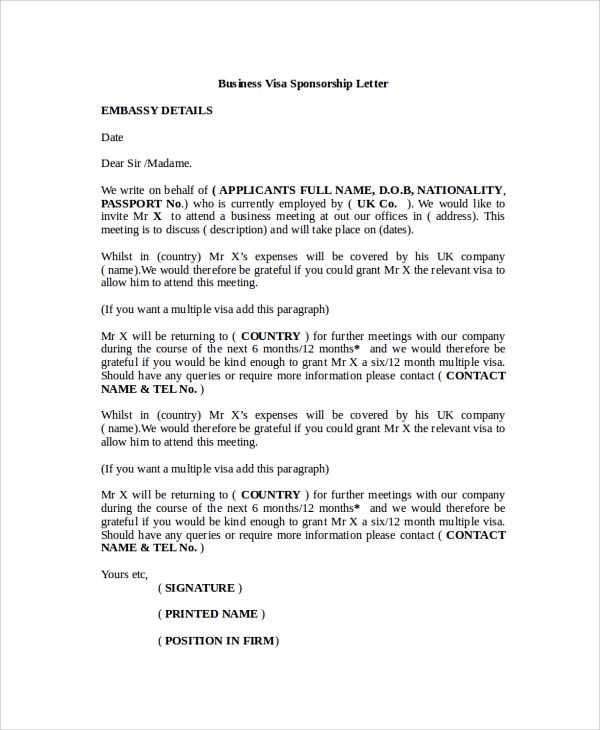
When planning to visit the United States, a crucial part of the process involves providing official documents to support your trip. One such document serves as a formal request from a host in the US, which outlines the reason for the visit and guarantees the visitor’s stay. This written statement is often required to support the application for travel approval. Below is a guide on how to create such a document effectively.
Key Elements to Include in the Request
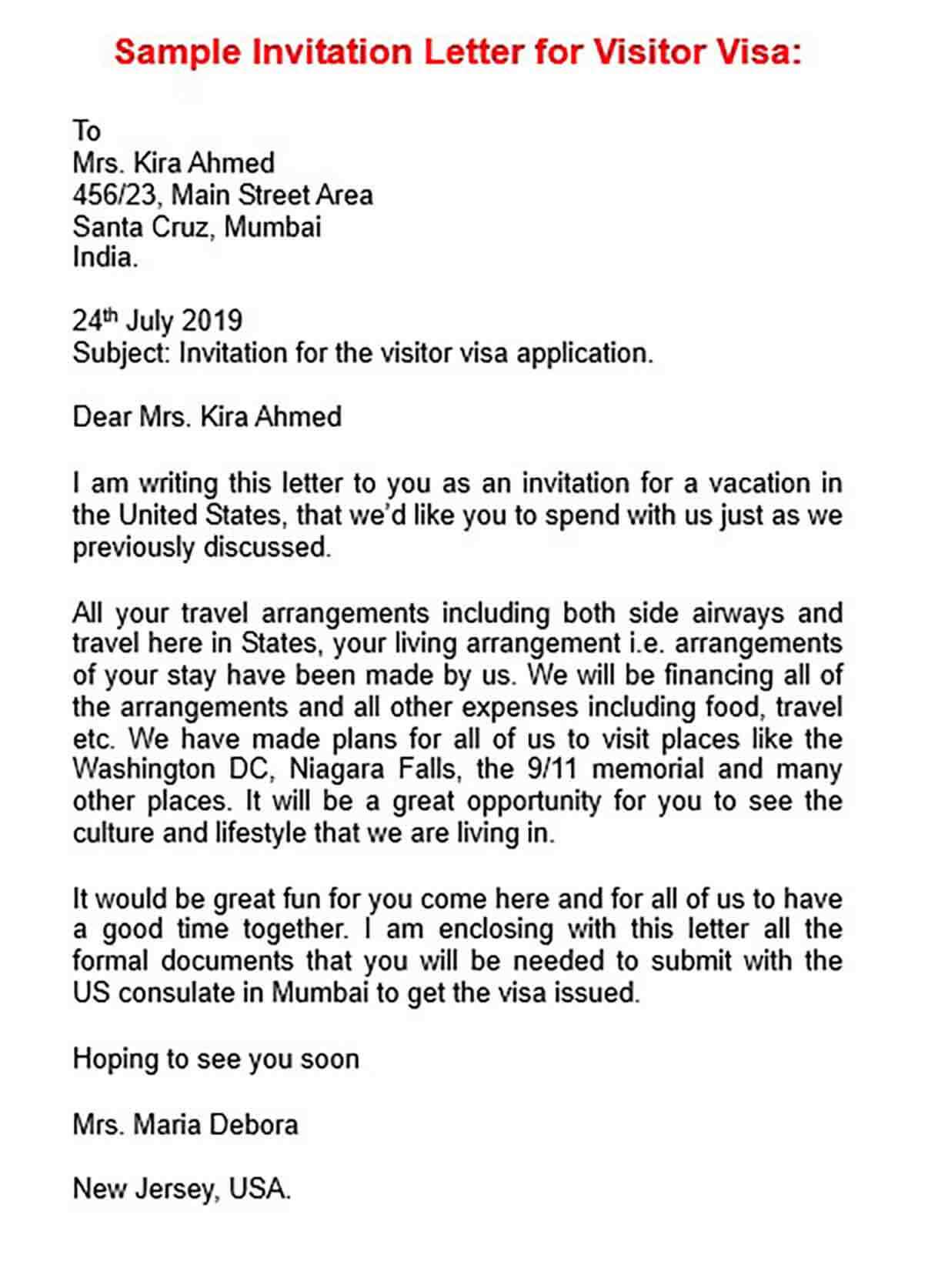
Each formal request needs to contain specific details to ensure it serves its purpose. Below are the essential components:
- Personal Information – The full names, addresses, and contact information of both the host and the visitor.
- Reason for the Visit – A clear explanation of the trip’s purpose, whether it’s for business, leisure, or family purposes.
- Duration of Stay – The expected arrival and departure dates to confirm the timeframe of the trip.
- Accommodation Details – Information on where the visitor will stay during their time in the country, including the host’s address.
- Financial Responsibility – A statement regarding who will cover the costs of the visit, such as travel expenses and accommodation.
Proper Format and Structure
The document must be clear and professional. Follow a basic structure to ensure all necessary details are included. Begin with an introduction that states the purpose of the communication, followed by the specifics of the trip, and end with a polite closing. Here’s a general outline:
- Introduction: Identify both parties (host and guest) and provide context for the visit.
- Main Body: Include all relevant details such as dates, locations, and the nature of the trip.
- Conclusion: Express willingness to support the guest and provide any further information if needed.
Who Can Authorize the Request
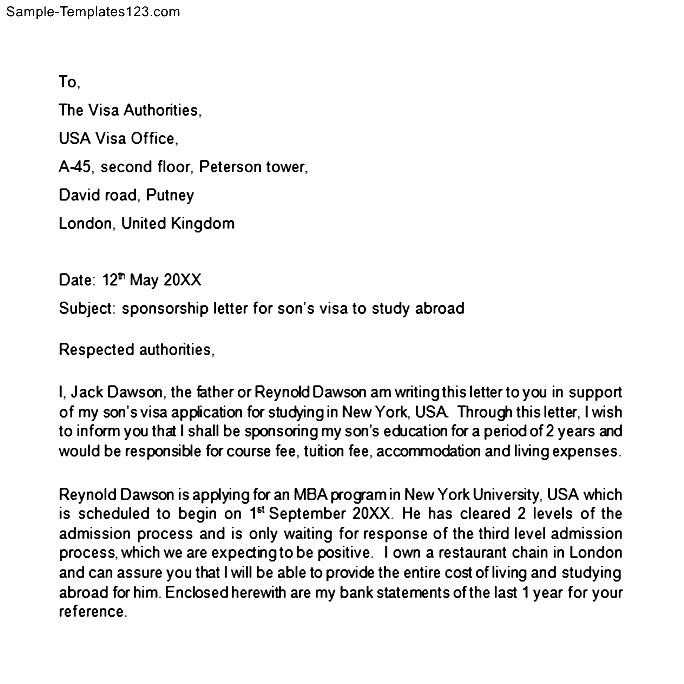
Typically, a friend, family member, or employer residing in the US can write this document. The host must be a legal resident or citizen, willing to take responsibility for the guest during their stay. It’s important that the host provides accurate and truthful information to avoid delays or issues with the application process.
Examples to Help Guide You
To ensure accuracy, it’s beneficial to review some sample requests. They can provide insight into proper formatting and content structure. Below are simplified examples of how the document might look:
- Example 1: A request from a family member outlining a visit for a family reunion.
- Example 2: A formal request from an employer inviting a business associate to attend a conference.
Using these examples, you can customize your document according to your specific needs. Always double-check that all the required information is included to avoid unnecessary delays in processing.
Understanding the US Travel Document Request
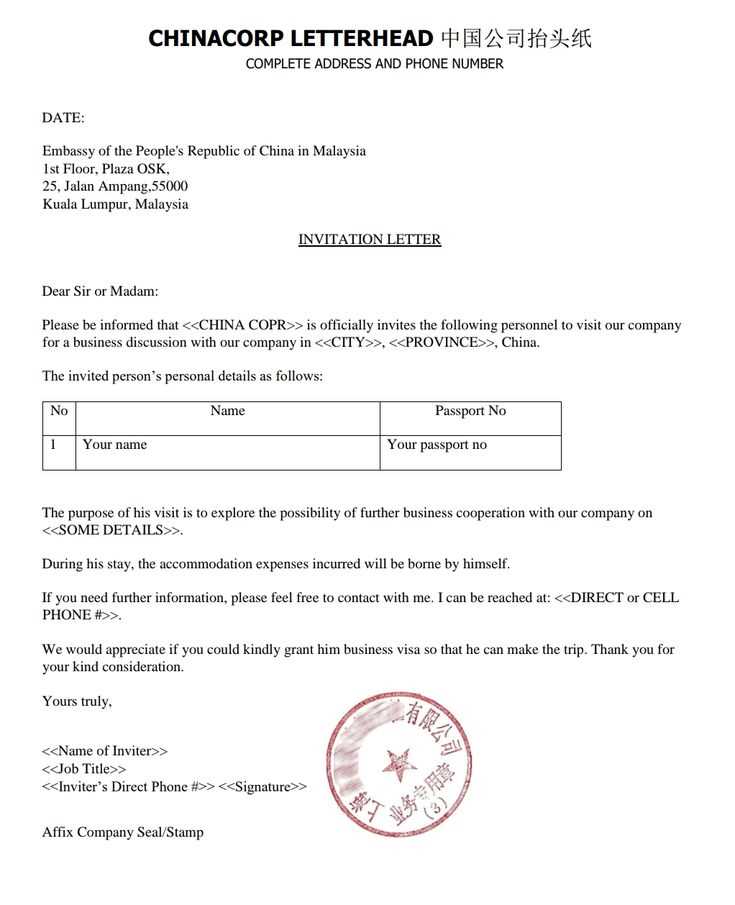
When applying for approval to travel to the United States, certain documents must be provided to confirm the purpose and details of the visit. One of the most important documents is a formal statement from a host, confirming the trip’s nature and offering support. This document plays a key role in the approval process, ensuring that the guest’s stay is properly accounted for and that all necessary information is provided.
What to Include in a Travel Request
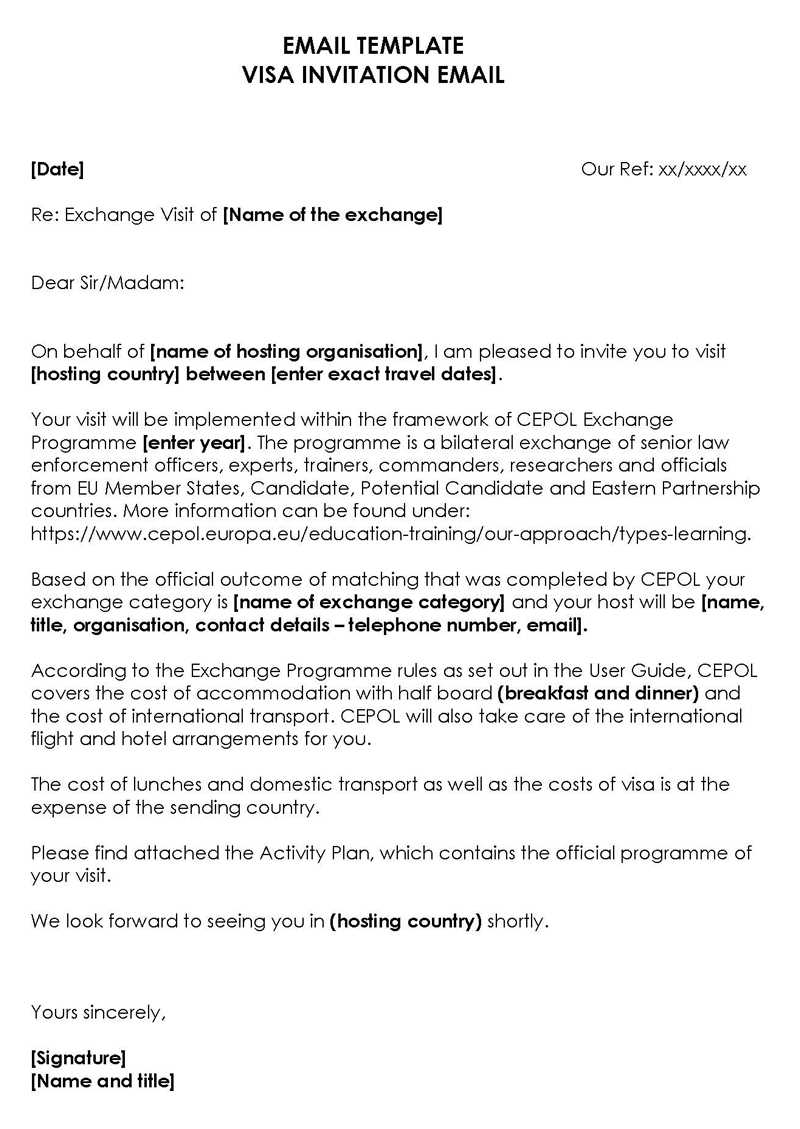
To ensure that the document meets the requirements, certain details must be included. The main points are:
- Personal Details: The full names, addresses, and contact information of both the host and the visitor.
- Purpose of the Stay: A clear explanation of why the visitor is traveling, whether it’s for tourism, business, or another reason.
- Dates of the Trip: Specify the arrival and departure dates to clarify the expected length of stay.
- Accommodation Information: Provide details of where the visitor will stay during their trip, typically at the host’s address.
- Financial Support: Confirm who will be responsible for the visitor’s expenses, including travel and living costs.
Common Errors to Avoid
Even small mistakes in the document can lead to delays or issues with the application. Here are some common errors to watch out for:
- Incomplete Information: Ensure that all required details, such as the host’s address and the visitor’s passport information, are included.
- Incorrect Dates: Double-check the trip dates to avoid confusion about the duration of the visit.
- Vague Purpose: Be specific about why the visitor is coming to the US to avoid misunderstandings.
How to Properly Format the Document
The structure of the document is just as important as the content. A clear and professional layout will make it easier for officials to review the information. Here’s a simple structure:
- Introduction: Clearly state the purpose of the document and identify both the host and the visitor.
- Details: Include the specifics of the trip–dates, location, and purpose–using clear, concise language.
- Closing: End with an offer to provide additional information or clarification if needed.
Who Can Draft the Request
Typically, a US citizen or permanent resident can prepare this document. It’s essential that the person writing the request has a legitimate reason for inviting the guest and can vouch for their stay. The host should also be able to confirm their financial stability and willingness to assist during the visitor’s stay.
Tips for Writing a Compelling Document
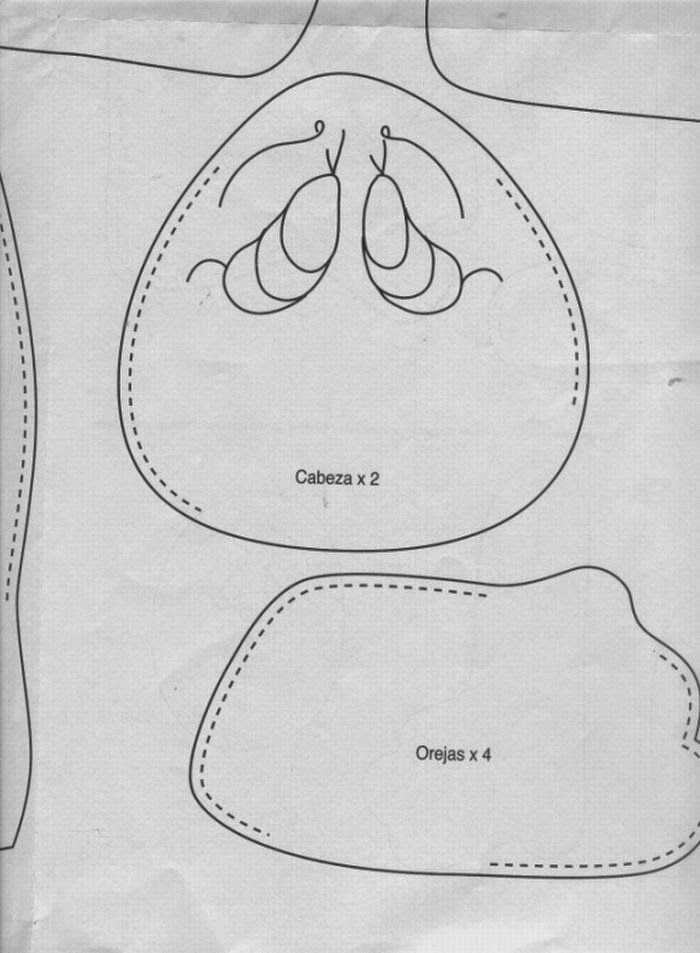
To create a strong and convincing request, follow these tips:
- Be Clear: Ensure that the purpose of the trip and the details of the stay are clear and straightforward.
- Provide Assurance: Show that the guest has sufficient ties to their home country and will return after the trip.
- Be Concise: Avoid unnecessary details, but include all relevant information to support the visitor’s stay.
Examples of US Travel Support Documents
Reviewing examples can help you understand how to craft the document properly. Some sample situations include:
- Family Visit: A relative inviting another to attend a family event or holiday.
- Business Trip: A company extending an invitation to a potential partner for a conference or meeting.
By reviewing these examples, you can tailor the document to fit your specific situation and ensure all necessary information is included.